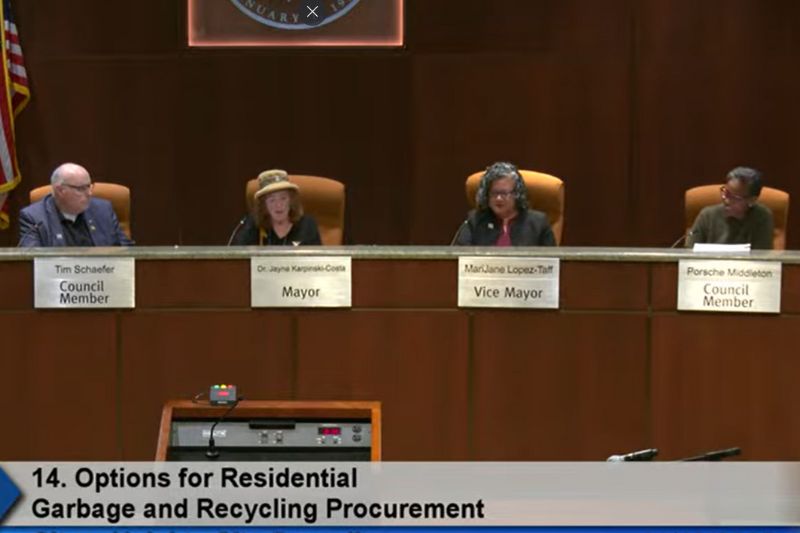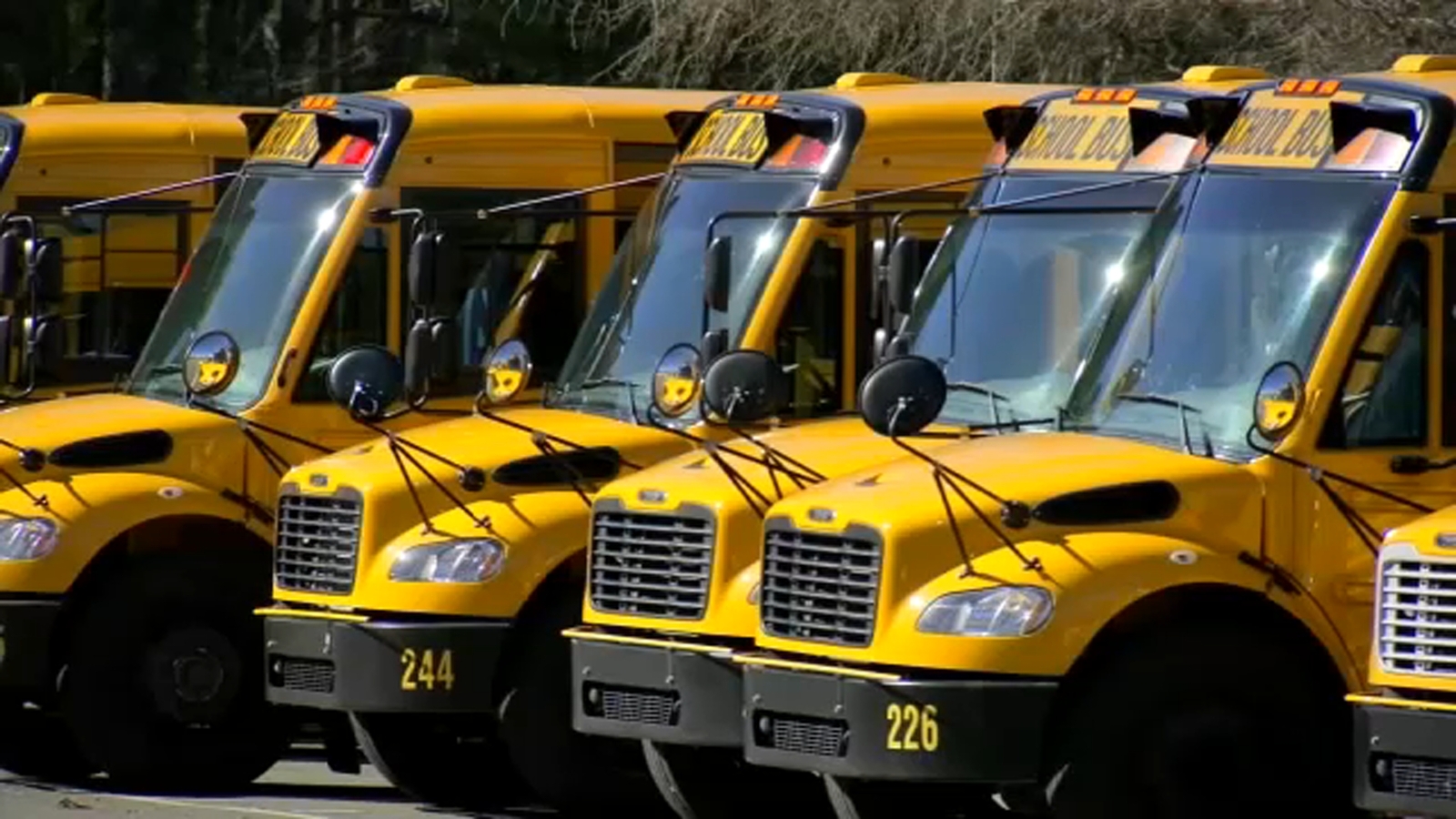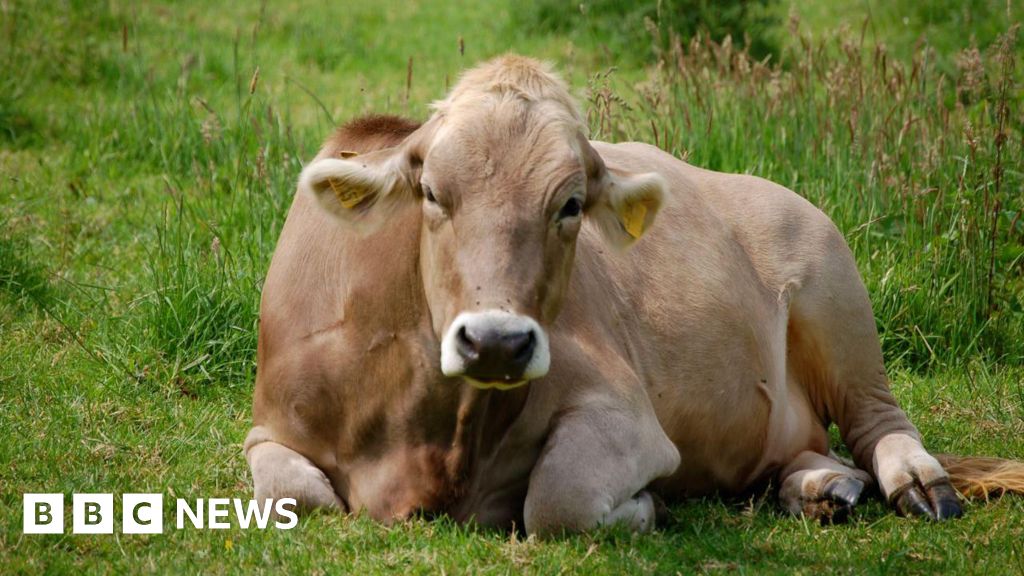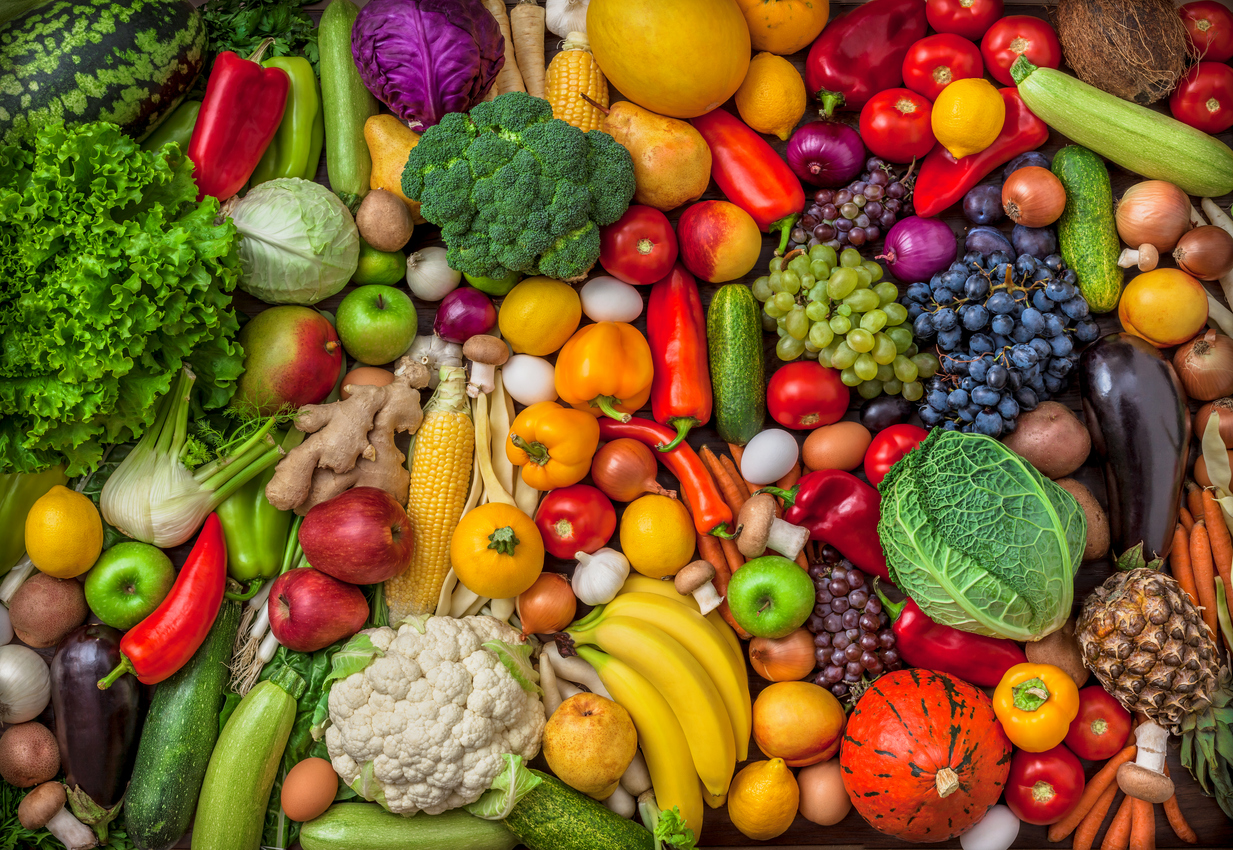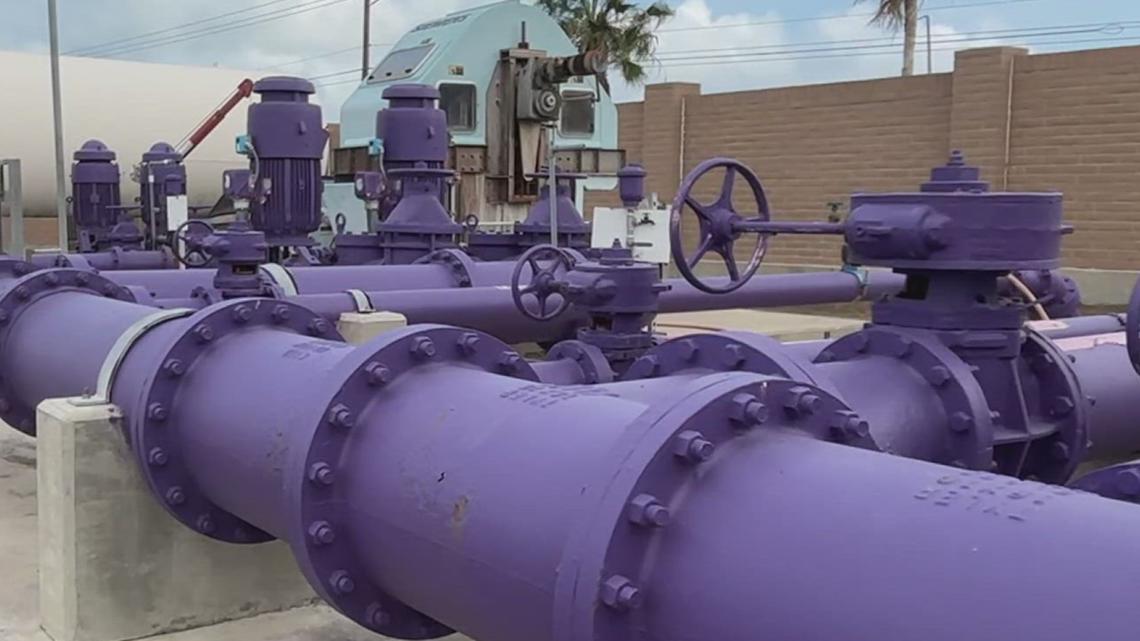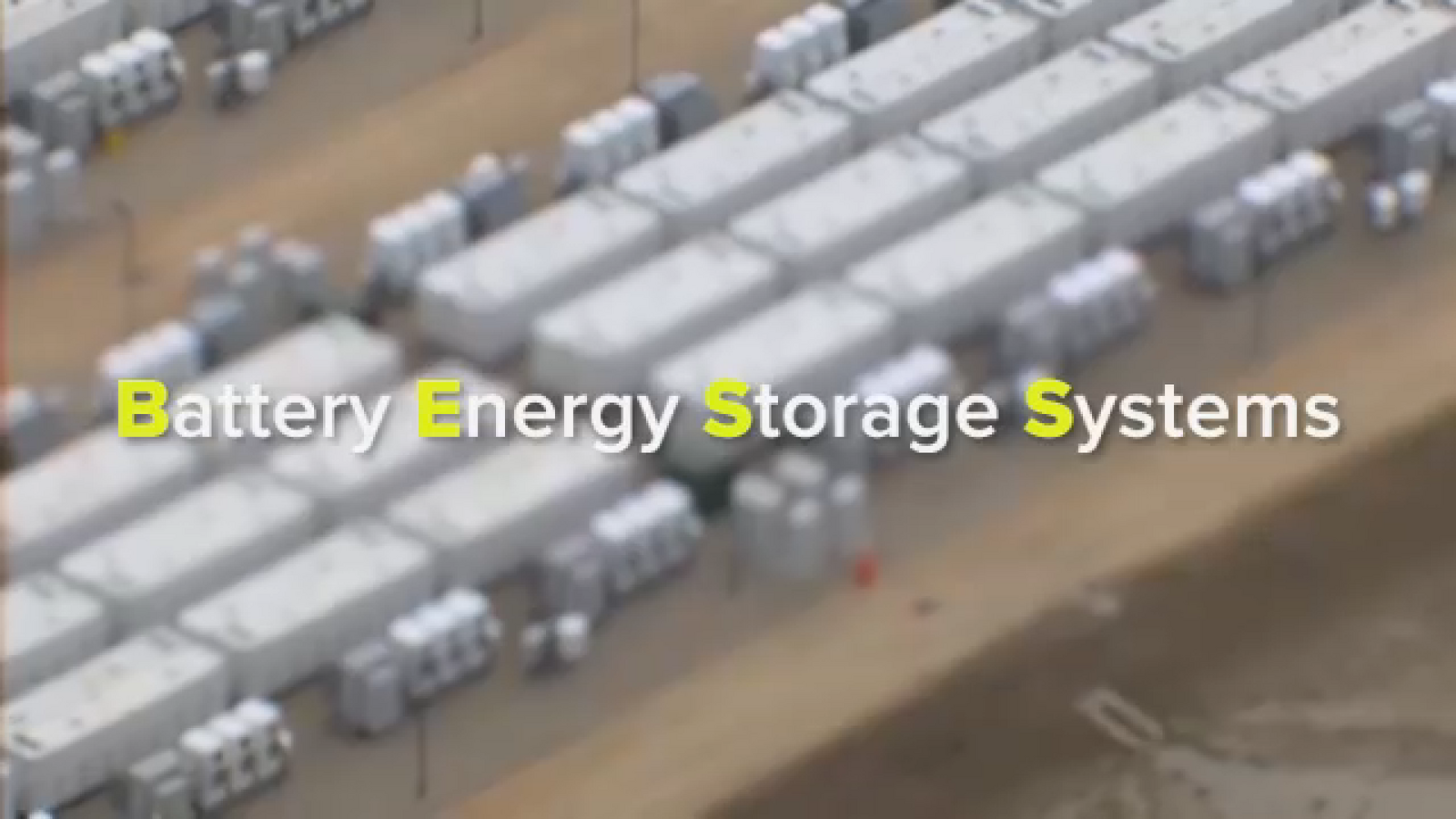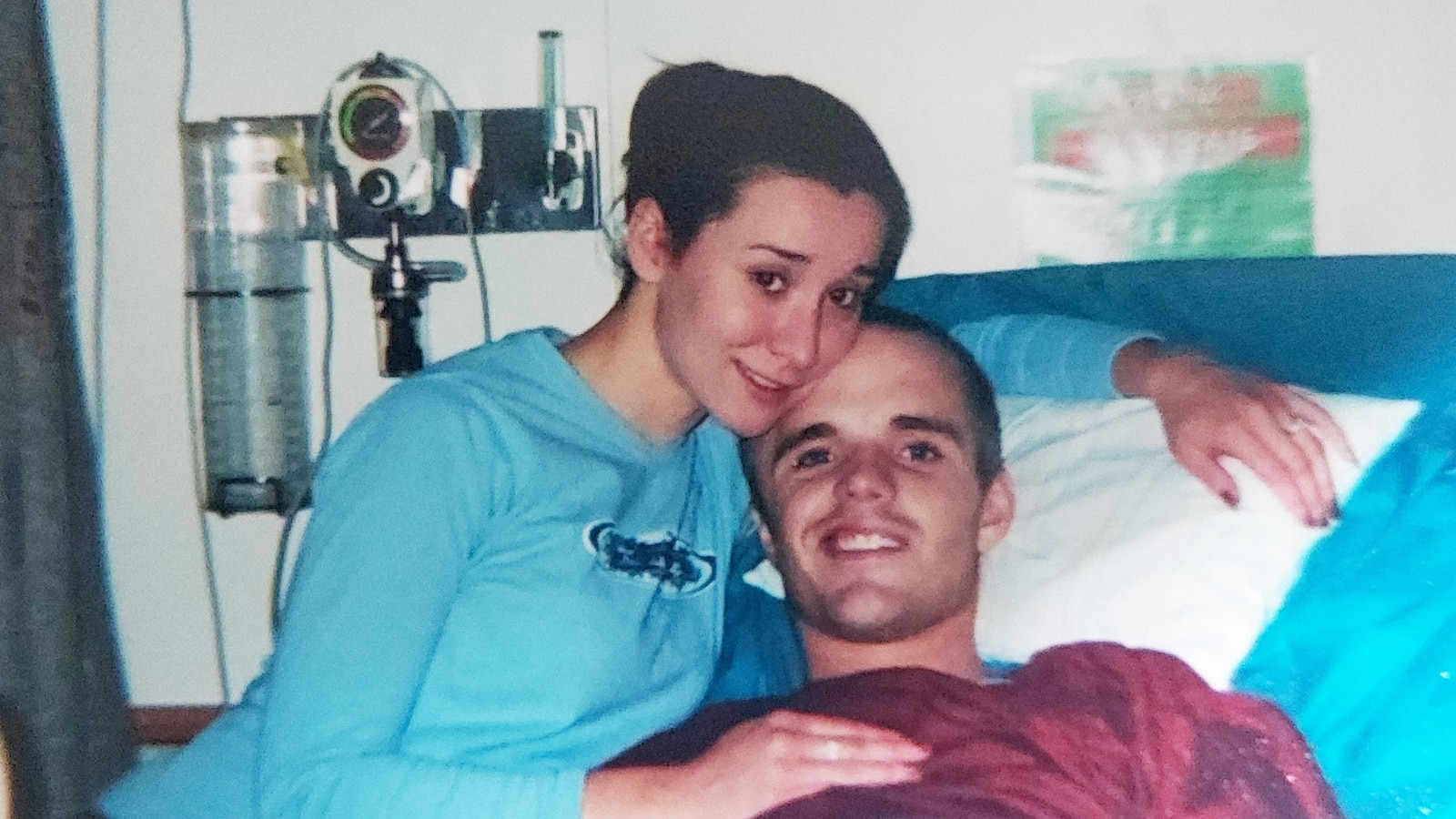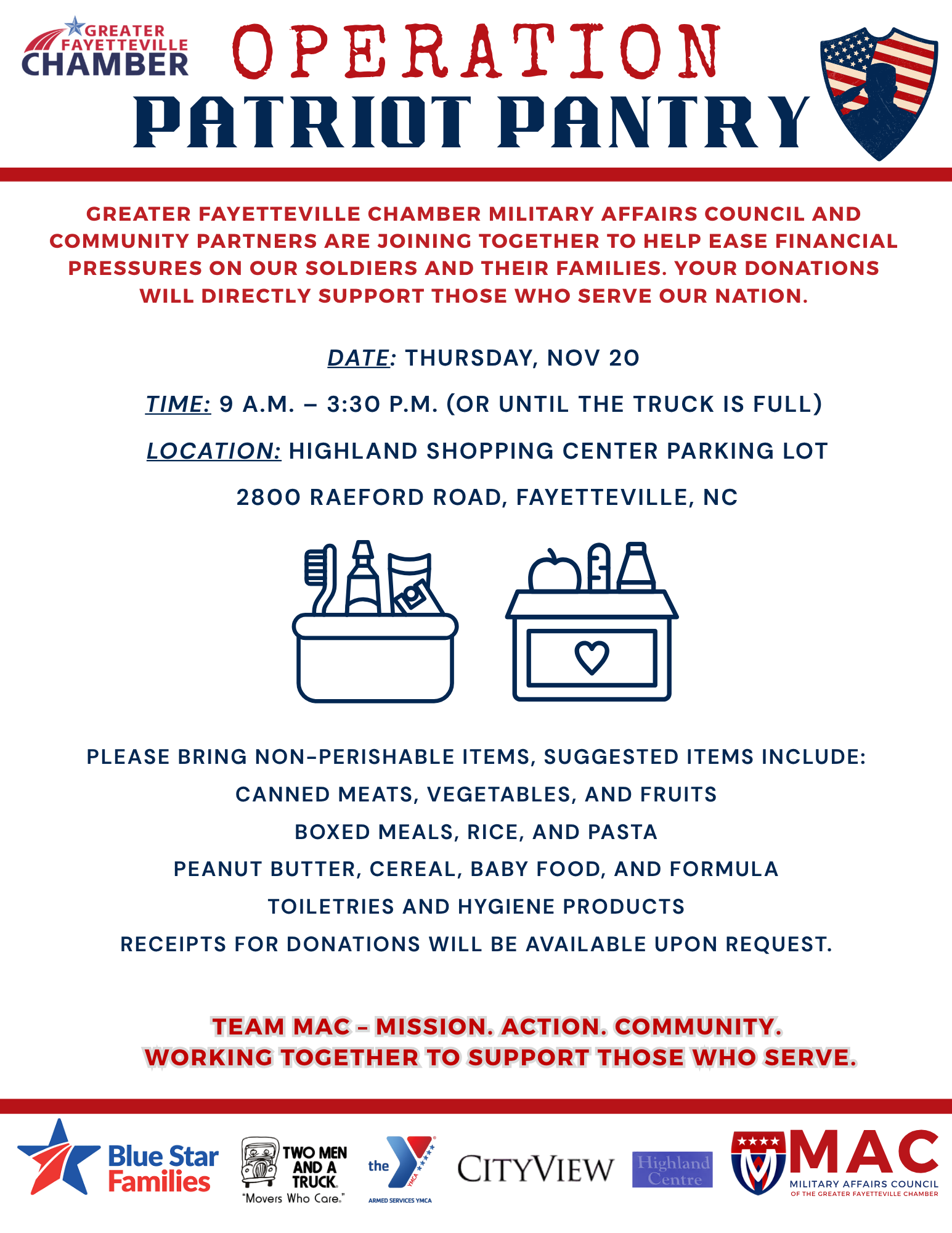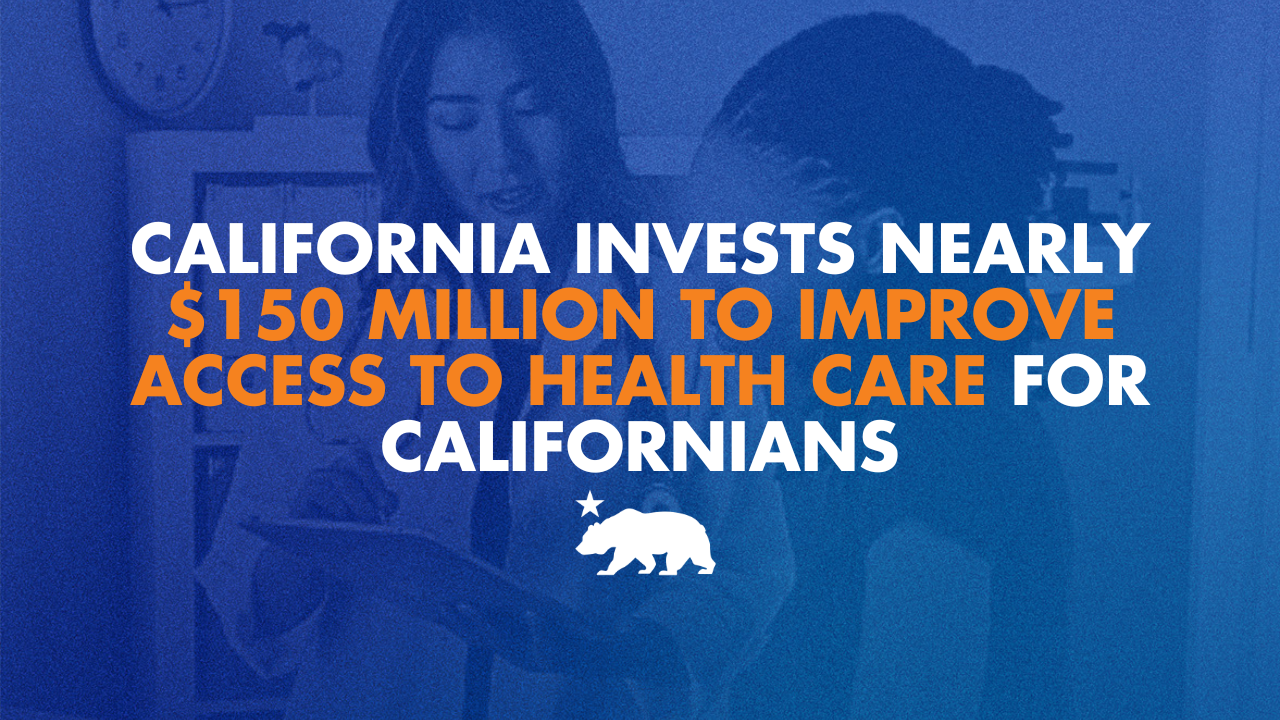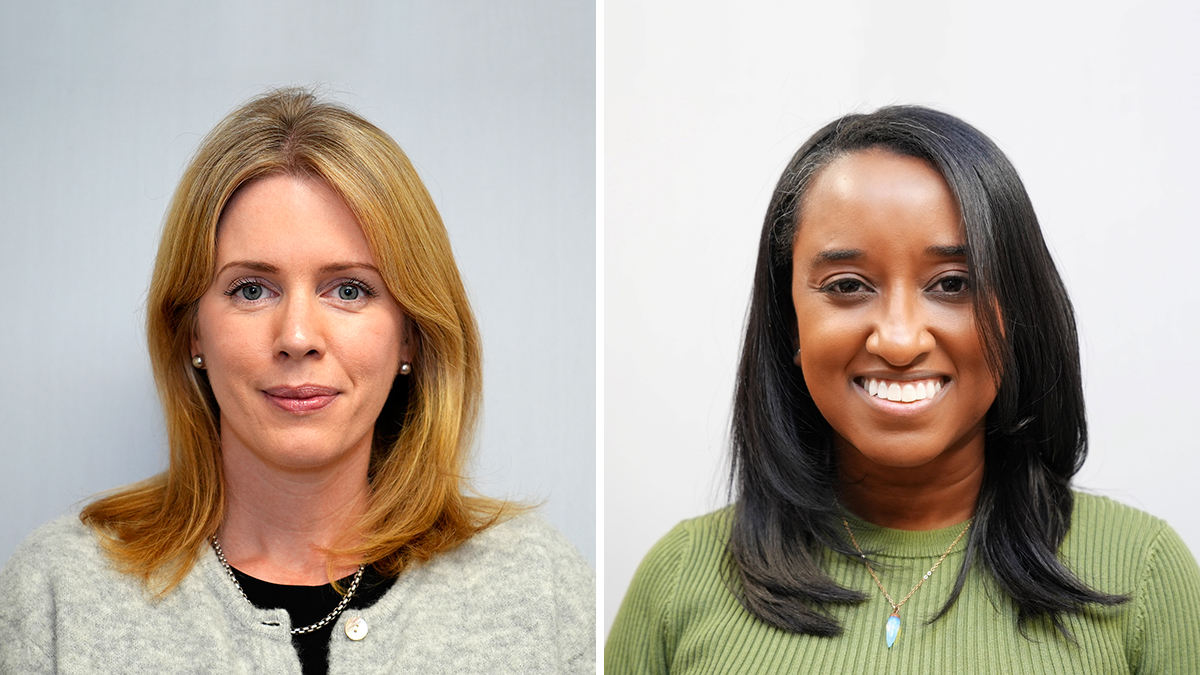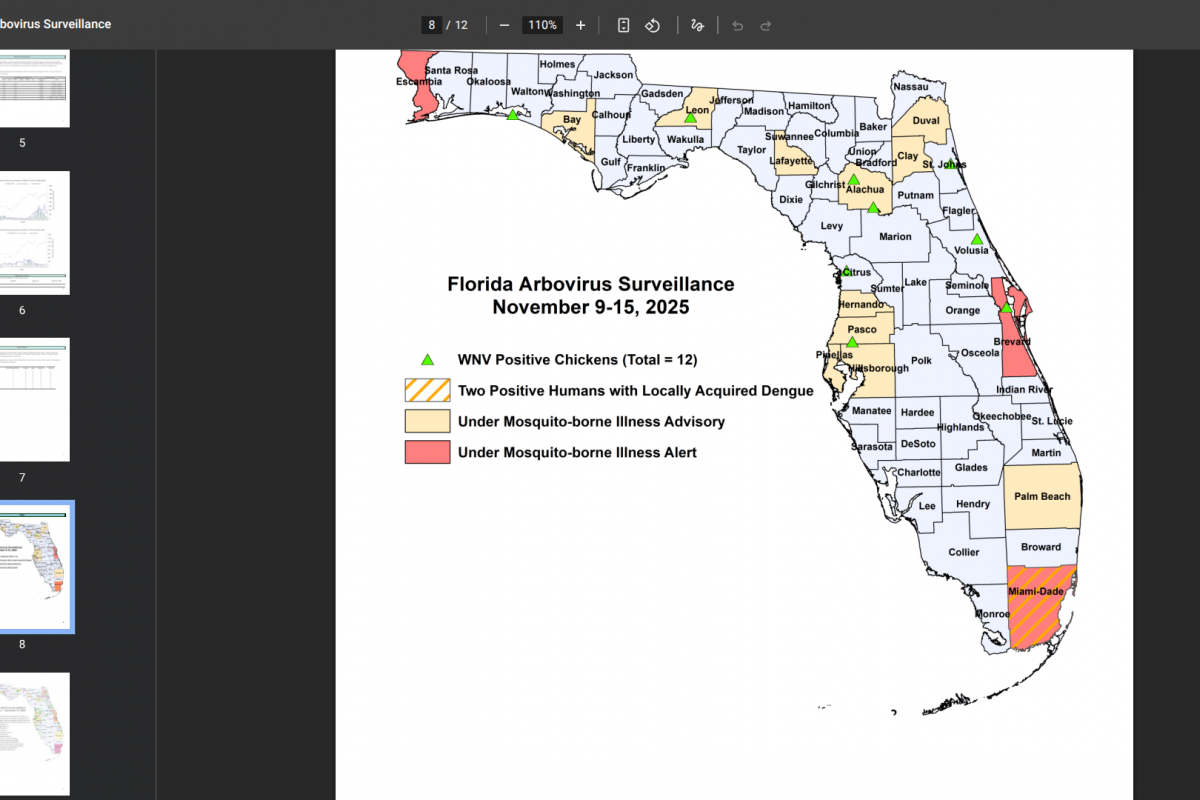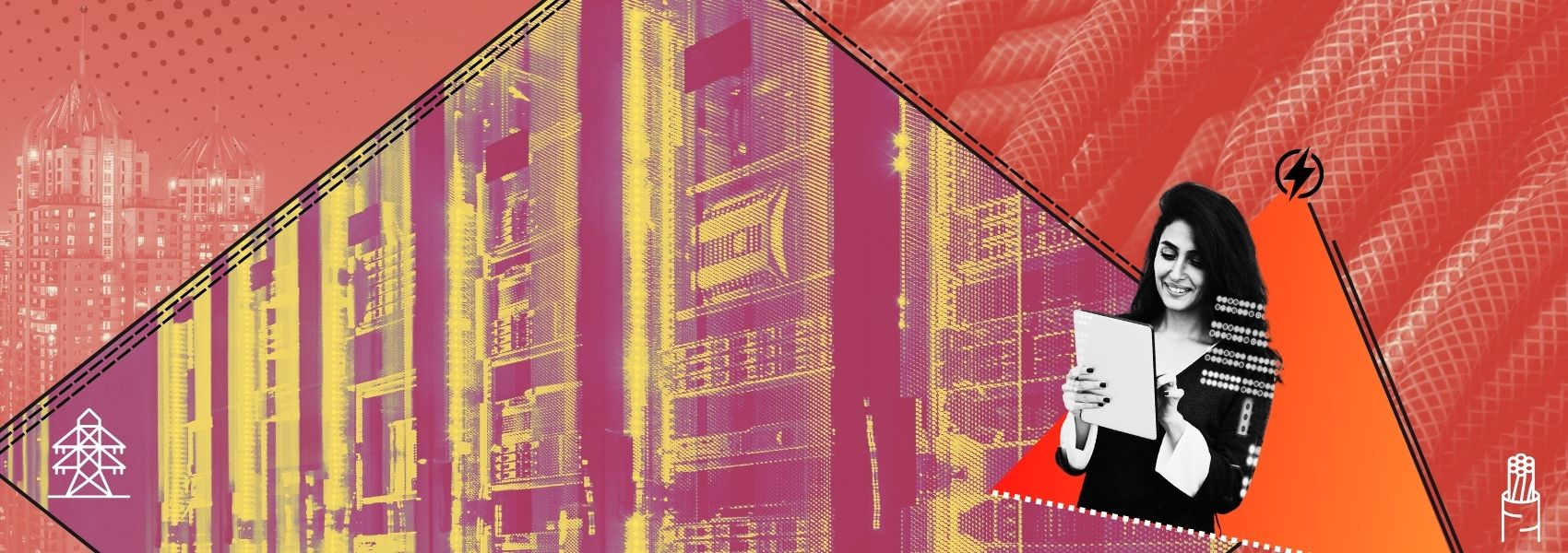Poverty Line Soars, Tehran Water Supply Critical, and Unrest Spreads – National Council of Resistance of Iran – NCRI

Report on Socio-Economic and Environmental Crises in Iran in Relation to Sustainable Development Goals
Economic Crisis: A Failure to Achieve SDG 1, SDG 2, and SDG 8
SDG 1 (No Poverty) and SDG 8 (Decent Work and Economic Growth)
Recent data from Iran indicates a severe regression in achieving key Sustainable Development Goals, particularly those related to poverty and economic well-being. The economic situation is characterized by a failure to provide decent work and ensure basic living standards.
- The poverty line for a four-person family has reportedly surged to 55 million tomans per month.
- This figure starkly contrasts with the average national salary of approximately 17 million tomans, placing a vast majority of the population below the poverty threshold and directly contravening the core objective of SDG 1.
- The labor market reflects a failure to promote decent work (SDG 8), with the informal economy now accounting for over 55% of the market, which undermines labor rights and social protections.
- A monthly deficit of 35 trillion tomans in the Social Security Fund further jeopardizes the economic security of citizens.
SDG 2 (Zero Hunger)
The goal of ending hunger and ensuring access to safe, nutritious food is critically undermined by hyperinflation affecting essential goods.
- Food inflation has been reported at 100% over the past year.
- The cost of staple foods, including bread and grains, has doubled, severely impacting food security for low-income households.
- Reports confirm that families are being forced to eliminate nutritious food items like meat and fruit from their diets due to unaffordability, indicating a growing food crisis.
Environmental Crisis: A Setback for SDG 6 and SDG 11
SDG 6 (Clean Water and Sanitation) and SDG 11 (Sustainable Cities and Communities)
Iran is facing a critical environmental crisis related to water management, directly impacting the sustainability of its cities and the well-being of its population.
- Imminent Water Depletion: Government officials have warned that Tehran’s dams hold only enough water to last until late November, threatening the water supply for millions and demonstrating a failure in sustainable water management as outlined in SDG 6.
- Nationwide Shortages: The crisis extends beyond the capital, with 46 cities, including major metropolitan areas such as Mashhad, Tabriz, and Isfahan, facing severe water shortages. This jeopardizes the goal of making cities inclusive, safe, resilient, and sustainable (SDG 11).
- Lack of Coherent Planning: The government’s response has been criticized as inadequate, with proposals such as the “evacuation of Tehran” highlighting a lack of viable, long-term strategies for sustainable urban living and resource management.
Social Unrest and the Failure of SDG 16
SDG 16 (Peace, Justice and Strong Institutions)
The combination of economic and environmental pressures has led to widespread social unrest, exposing weaknesses in governance and a failure to build effective, accountable, and inclusive institutions.
- Erosion of Public Trust: The government is accused of systemic mismanagement and “politicizing” economic data, which undermines institutional transparency and accountability.
- Acts of Desperation: The extreme economic hardship has resulted in desperate acts of protest, including the public self-immolation of a municipal worker in Marivan, signaling a breakdown in social stability.
- Widespread Protests: Bakers in Mashhad, Ahvaz, Tehran, and other cities have organized protests against rising costs and the failure of state institutions to deliver promised subsidies.
- Suppression of Information: Following the protest in Marivan, security forces allegedly cordoned off the area to prevent information from spreading, which is contrary to the principles of justice and transparency central to SDG 16.
Analysis of Sustainable Development Goals in the Article
1. Which SDGs are addressed or connected to the issues highlighted in the article?
The article highlights several interconnected crises in Iran—economic, environmental, and social—that directly relate to a number of Sustainable Development Goals (SDGs). The following SDGs are addressed:
- SDG 1: No Poverty: The central theme of the article is the soaring poverty line, which has reached 55 million tomans, far exceeding the average salary. This directly addresses the goal of eradicating poverty in all its forms.
- SDG 2: Zero Hunger: The article discusses hyperinflation, with food inflation running at 100%. It explicitly states that the rising cost of staples like bread and the shrinking purchasing power of households have forced families to eliminate essential food items like meat and fruit from their diets, which connects to ensuring access to safe and nutritious food.
- SDG 6: Clean Water and Sanitation: A significant portion of the article is dedicated to the critical water shortage. It reports that Tehran’s dams have a limited supply and that 46 other major cities are facing severe water shortages, directly linking to the goal of ensuring the availability and sustainable management of water.
- SDG 8: Decent Work and Economic Growth: The article touches upon the erosion of labor rights, a burgeoning informal economy that accounts for over 55% of the market, and protests by municipal workers and bakers over their working conditions and lack of subsidies. This relates to the goal of promoting sustained, inclusive economic growth and decent work for all.
- SDG 16: Peace, Justice and Strong Institutions: The article points to a failure of governance and institutions. It mentions a “lack of coherent planning” by officials, allegations that the regime is “politicizing” economic data, and the growing social unrest, protests, and desperate acts like self-immolation, which reflect a breakdown of trust and effective governance.
2. What specific targets under those SDGs can be identified based on the article’s content?
Based on the issues discussed, several specific SDG targets can be identified:
- Target 1.2: By 2030, reduce at least by half the proportion of men, women and children of all ages living in poverty in all its dimensions according to national definitions.
- The article’s focus on the national poverty line of 55 million tomans for a family, compared to an average salary of 17 million tomans, directly relates to this target of reducing poverty as defined nationally.
- Target 2.1: By 2030, end hunger and ensure access by all people, in particular the poor and people in vulnerable situations, including infants, to safe, nutritious and sufficient food all year round.
- The mention of 100% food inflation, the doubling price of bread, and families being forced to cut meat and fruit from their diets clearly indicates a failure to ensure access to sufficient and nutritious food.
- Target 6.4: By 2030, substantially increase water-use efficiency across all sectors and ensure sustainable withdrawals and supply of freshwater to address water scarcity and substantially reduce the number of people suffering from water scarcity.
- The report of Tehran’s dams nearing depletion and 46 cities facing severe water shortages highlights a critical failure in ensuring a sustainable supply of freshwater and directly points to a growing number of people suffering from water scarcity.
- Target 8.8: Protect labour rights and promote safe and secure working environments for all workers, including migrant workers, in particular women migrants, and those in precarious employment.
- The article’s reference to a burgeoning informal economy (over 55% of the market) where labor rights are eroded, along with the self-immolation of a municipal worker protesting “pressure and threats,” points to a lack of protection for workers in precarious situations.
- Target 16.6: Develop effective, accountable and transparent institutions at all levels.
- The article criticizes the government’s response to the crises, citing a “lack of coherent planning,” the president’s “strange and incomprehensible” suggestions, and allegations of “politicizing” the inflation index. These points directly question the effectiveness, accountability, and transparency of state institutions.
3. Are there any indicators mentioned or implied in the article that can be used to measure progress towards the identified targets?
Yes, the article provides several specific quantitative and qualitative indicators that can be used to measure the status of these targets:
- For Target 1.2 (No Poverty):
- Indicator 1.2.1 (Proportion of population living below the national poverty line): The article provides a specific monetary value for the national poverty line: 55 million tomans per month for a four-person family. It also provides the average national salary of 17 million tomans, which can be used to estimate the proportion of the population falling below this line.
- For Target 2.1 (Zero Hunger):
- Indicator 2.1.2 (Prevalence of moderate or severe food insecurity): This is implied through descriptions of families being forced to “eliminate items like meat and fruit from their diets.” A direct measure mentioned is the food inflation rate of 100% over the past year and the fact that prices for staples like bread have doubled.
- For Target 6.4 (Water Scarcity):
- Indicator 6.4.2 (Level of water stress): The article provides clear indicators of high water stress. Quantitatively, it states that 46 cities are facing severe water shortages. Qualitatively, it reports that Tehran’s dams only hold enough water to last until late November.
- For Target 8.8 (Labor Rights):
- Indicator (Proportion of informal employment in total employment): The article states that the informal economy now accounts for over 55% of the market, indicating a high level of precarious employment where labor rights are not protected. The protests by bakers and the self-immolation of a municipal worker serve as qualitative indicators of poor working conditions.
- For Target 16.6 (Effective Institutions):
- The indicators are qualitative and based on reports of institutional failure. These include a cited expert blasting officials for a “lack of coherent planning,” the government allegedly “politicizing” the inflation index to hide reality, and the widespread social unrest, which serves as an indicator of public dissatisfaction with institutional performance.
4. Summary Table of SDGs, Targets, and Indicators
| SDGs | Targets | Indicators Identified in the Article |
|---|---|---|
| SDG 1: No Poverty | 1.2: Reduce poverty according to national definitions. |
|
| SDG 2: Zero Hunger | 2.1: End hunger and ensure access to safe, nutritious and sufficient food. |
|
| SDG 6: Clean Water and Sanitation | 6.4: Increase water-use efficiency and address water scarcity. |
|
| SDG 8: Decent Work and Economic Growth | 8.8: Protect labour rights and promote safe and secure working environments. |
|
| SDG 16: Peace, Justice and Strong Institutions | 16.6: Develop effective, accountable and transparent institutions. |
|
Source: ncr-iran.org
What is Your Reaction?
 Like
0
Like
0
 Dislike
0
Dislike
0
 Love
0
Love
0
 Funny
0
Funny
0
 Angry
0
Angry
0
 Sad
0
Sad
0
 Wow
0
Wow
0



